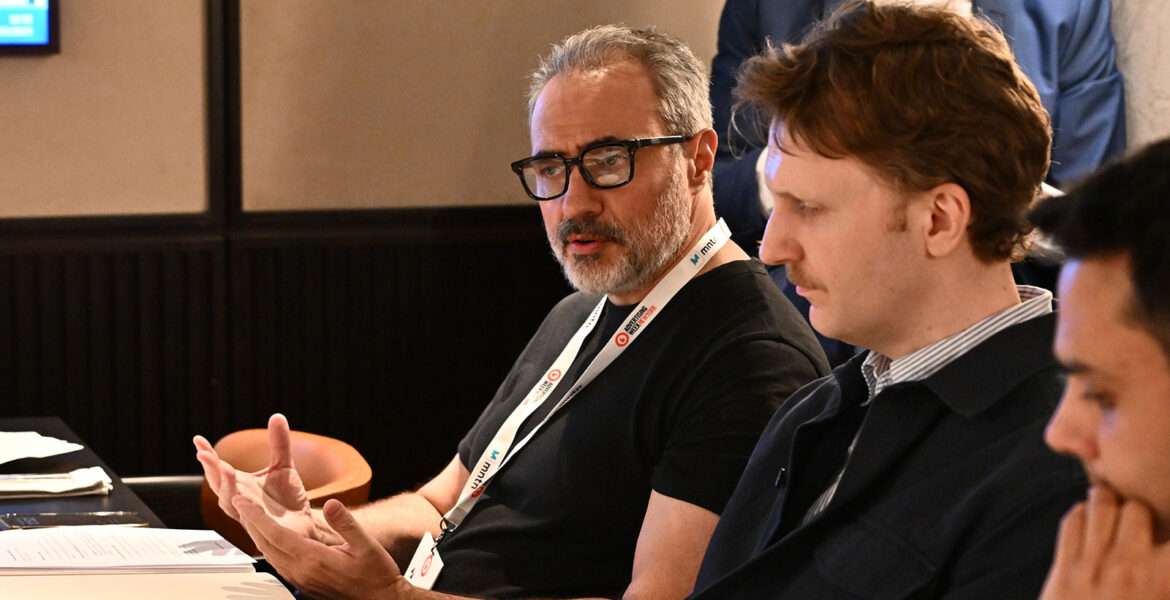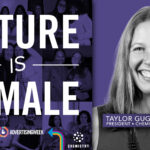Jamie Maw, Business Director at Advertising Week, led a round table discussion on transparency and authenticity in digital advertising presented by SonicOrigin. In a post-AI world, brands are having to try new approaches to achieve trusted, verifiable advertising.
Maw kicked off the conversation by asking the group about how AI has changed the space and altered what is trusted in advertising and creatives.
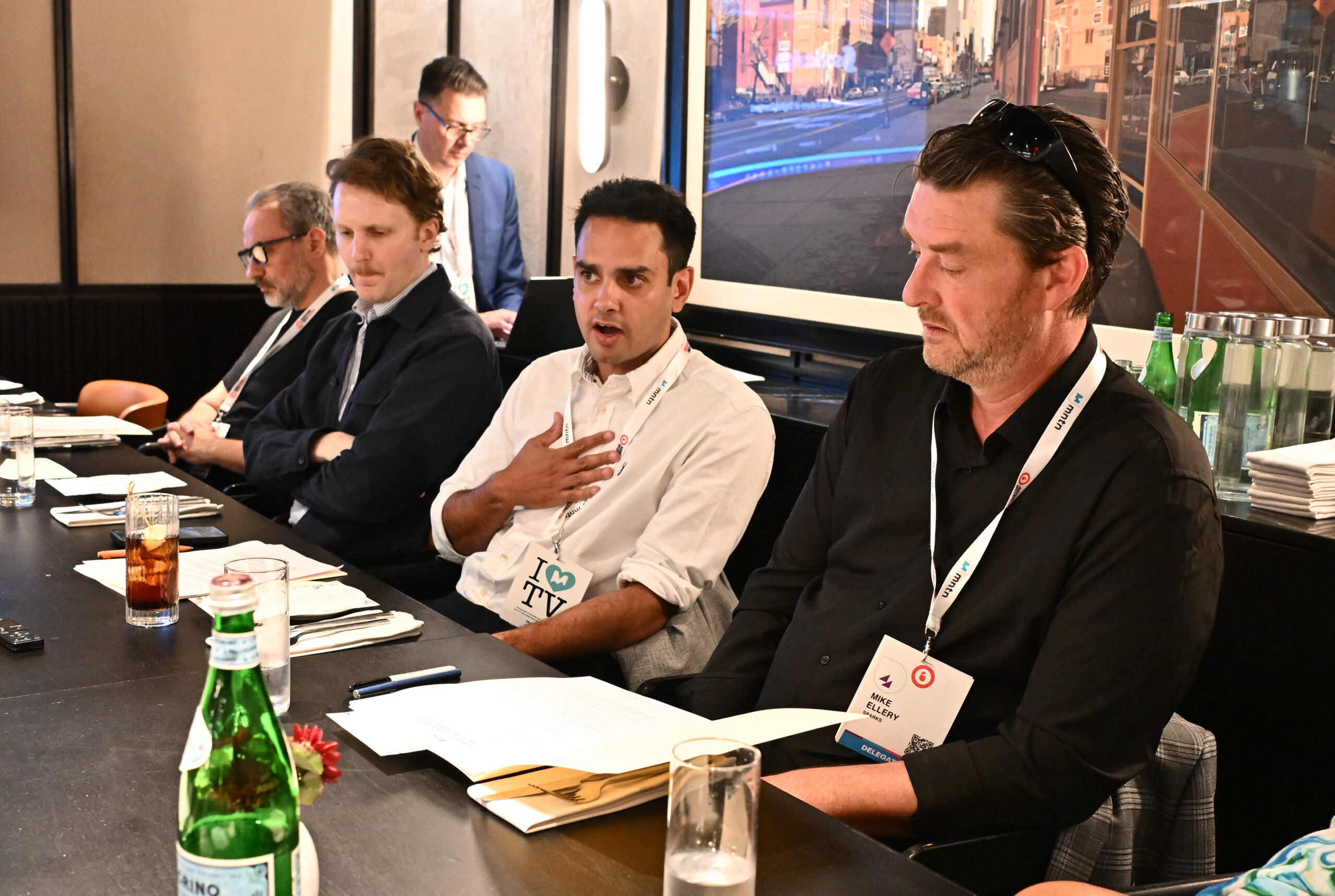
Marc Gray, Chief Executive Officer at Sonic Origin, began by saying that it has changed almost everything within the industry. “You’re far more likely to buy something if you trust the brand that it’s associated with, or you trust the creator that it’s come after. I think we live in a world where seeing is no longer believing. It’s that simple” he said.
Despite the rapid progression of AI, Mike Ellery, Chief Creative Officer at Sparks iterated the fact that there must still be human involvement in a campaign. “I think you still have to have a good idea, strategy, and approach. AI is the tool to help execute but it as to start with a great thinking. It has to be actual intelligence before artificial intelligence, and then it can still be a really powerful tool to move things through production much quicker.”
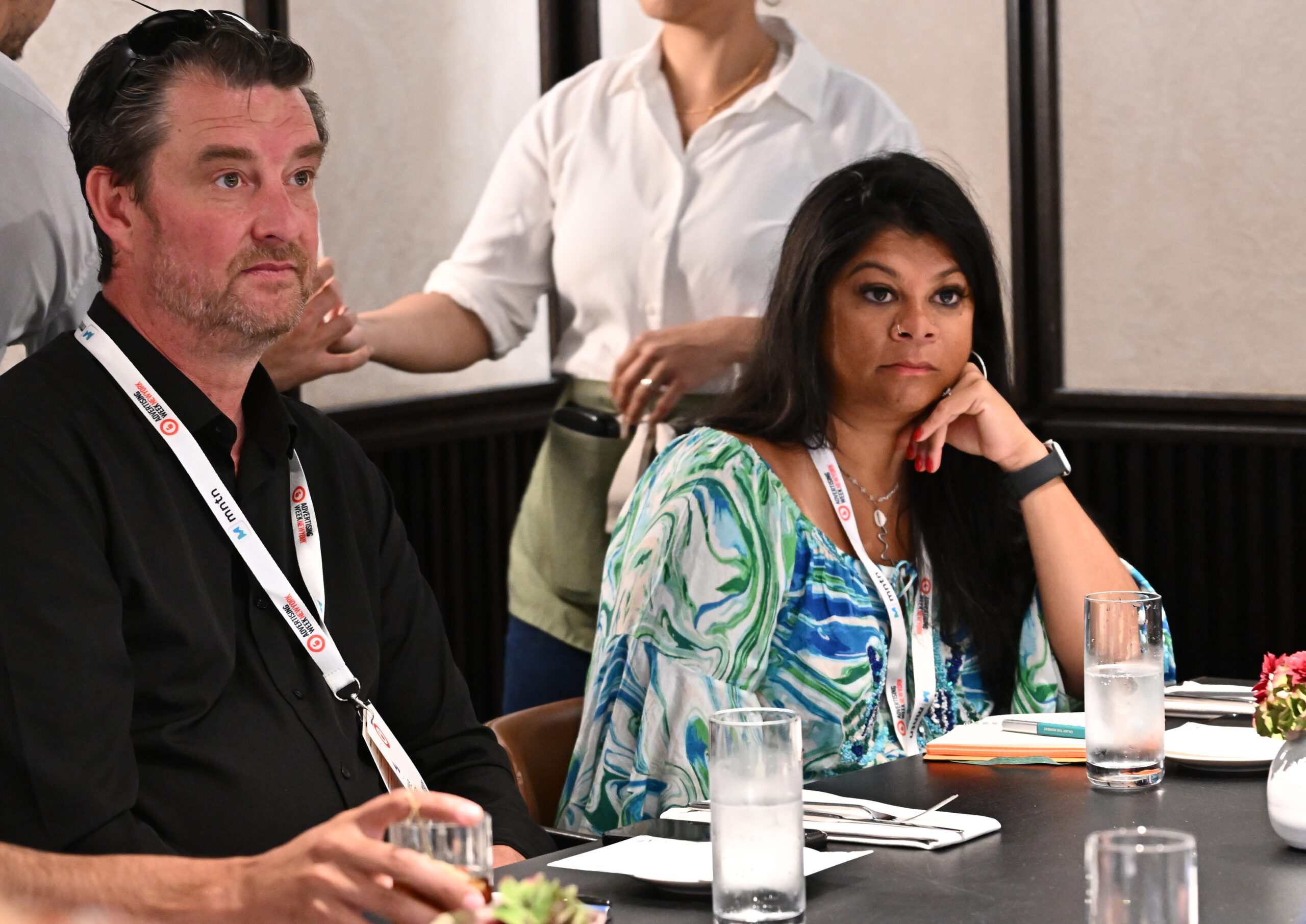
AI is creating a lot of buzz in the industry as its implementations are fairly new. The caveat to this is that there is much that is still up in the air. Jenny Huang, Director of Marketing at USA Today said that it is okay to admit that you are unsure about the outcome of certain aspects. “We could try our best to predict and to adjust. But I think as leaders now it is to build a very agile structure. Whether it’s a team structure or operational structure, to be able to quickly adjust to those kind of changes,” she said
The conversation then shifted to how the lines of what should be flagged as a use of AI are starting to blur. Richard Kroon, Director of Technical Operations at EIDR. said that there aren’t yet clear definitions for platforms on what qualifies as AI content as opposed to AI finishing. “It’s a really squishy area, and at one end it’s sort of interesting for the consumer to know versus necessary for them to know. Where does the line get drawn?” he said.
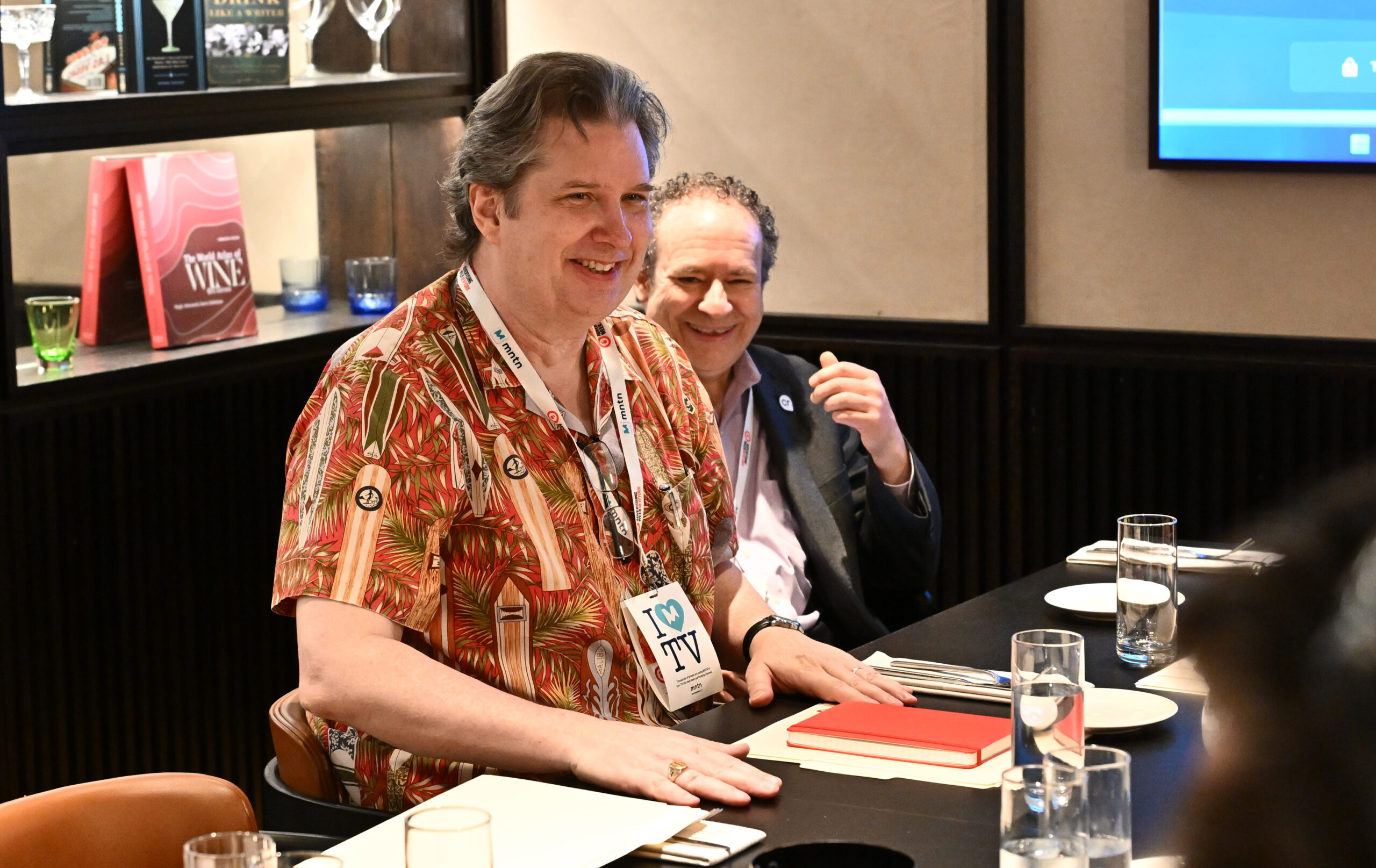
Misinformation is another topic of discussion as consumers are unsure of what is real anymore. As people become more skeptical, brands must strategize around this push for authenticity. Caroline Sparks, the director of International Marketing at Sparks, touched on this shift. “There’s so much misinformation that actually consumers don’t know what to trust. We’re at the point of storytelling where they have to bring in a human. You have to talk to a human to actually kind of get that trust,” she said
With the rise of AI, verifying in advertising is becoming increasingly difficult. Gray displayed a demonstration of a new content credentials technology from SonicOrigin. This new digital content authenticity system uses a manifest and a watermark to track the full lifecycle of a piece of media while remaining undetectable by the consumer. “it’s going to reconcile that with its original manifest with all the information. So regardless if it gets separated, that history of that metadata, that piece of content is always retrievable,” he said. The group discussed how this new verification system will be a pull for consumers.
In the creative space, this technology prevents systems from utilizing another brand’s IP in metadata. By embedding specific data into the manifest, creators can exclude their content from being used in AI training datasets. The manifest also allows for expanded data on the performance of the ad. The technology can aspects like which portions of an ad were shown, if the ad was played as intended, and whether playback was complete or partial.
To wrap up the conversation, Adam O’Conor, Board Advisor at SonicOrigin, asked where else in the media and content supply chain this technology could be applied or have impact.
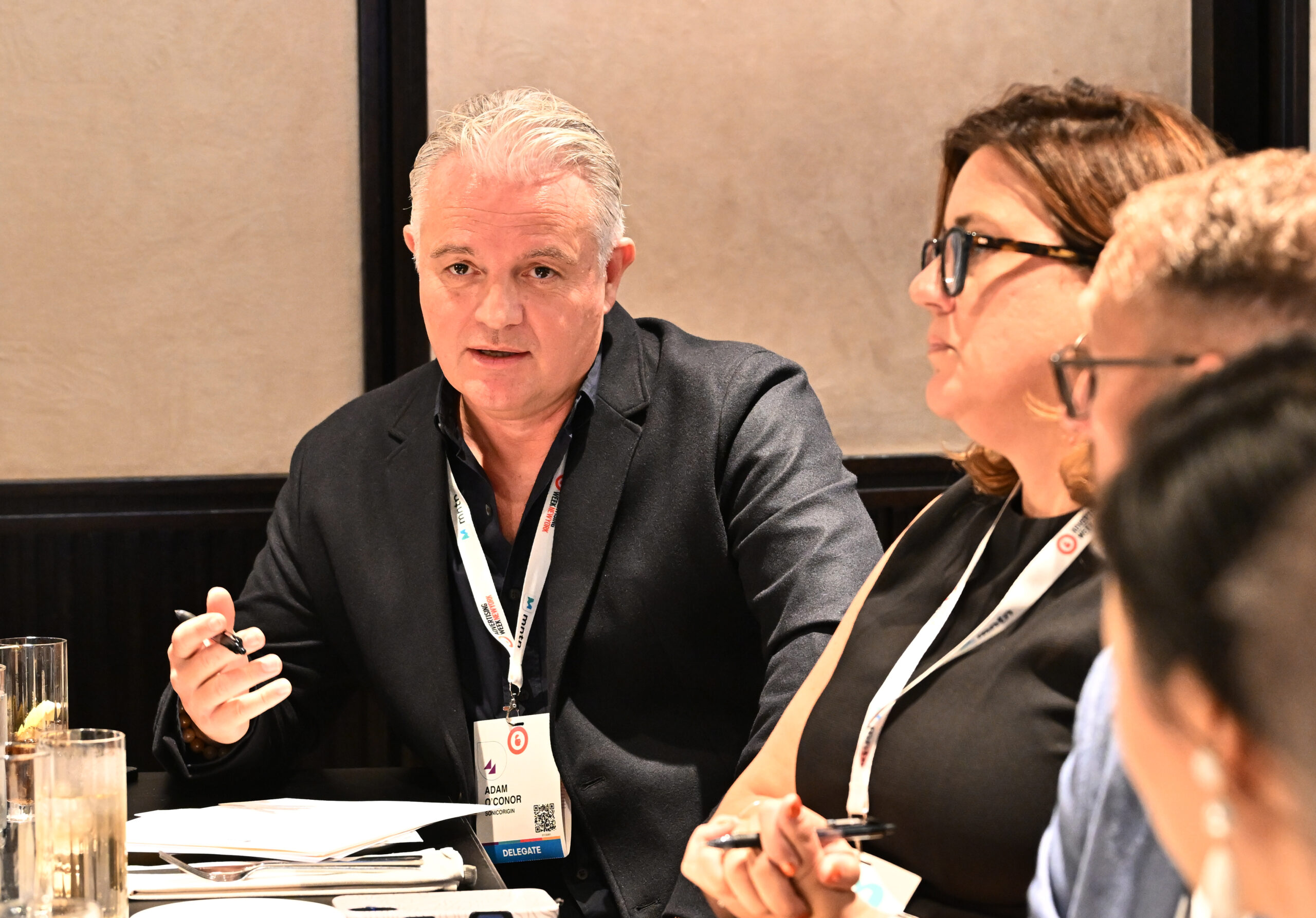
Kroon brought up the existence of the vacuum. “It could also be filled with multiple competing products and standards, which then become an implementation nightmare for everyone trying to comply. The faster these areas can be filled with something that is acceptable, is useful across suppliers, across ad categories, and across platforms, the better off everyone’s going to be,” he concluded.
The value of trust is growing exponentially, and there is a need to generate consumer demand for verified and authentic content, so that content credentials become a pull from the audience, not just a push from industry.

